Original text by Marina Belova
Today I'll tell about the way of adding volume to the embroidery with the help of several layers of understitching, which is considered one of the oldest in machine embroidery.
This method is good because it requires less skill and precision while digitizing a design and besides, you won't need any consumables apart from the threads. However, it demands a great deal of effort and, consequently, time. But it is worth it because you get a soft, clean and pleasant in wear embroidery as the result. On top of that, it doesn't involve any additional manipulations after the embroidery is completed.
To achieve that effect, one can simply digitize a design in any machine embroidery editor of any level. Only the satins are used:
- First, you draw the main outline (the outer one). The outline's recommended width is no less than 6 mm.
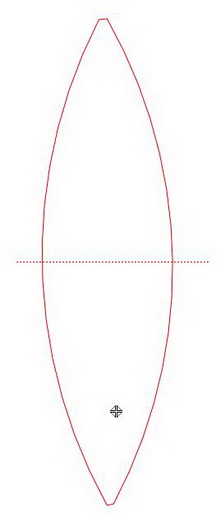
- Inside the outline, at a distance from it, at least 1 or 2 more are drawn. The offset is necessary for the fabric not to be perforated along the outline. You get the following picture:
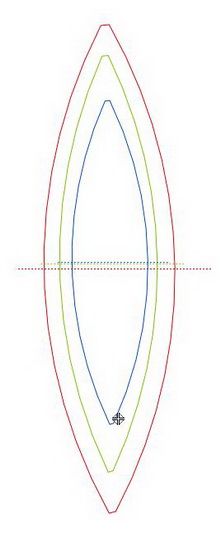
Each layer is filled with 3 layers of stitches.
- Under them, go 2 layers of underlay, the stitch direction in them perpendicular to each other – these are made of double zig-zags with large stitches. You can create them automatically (if the editor has such an option) or draw by hand. Having done that, you cover the whole thing with a finishing layer of satins at a standard density, the stitches in it being perpendicular to the outline, and along the perimeter, you add the edge run. You should get something like this in each layer:
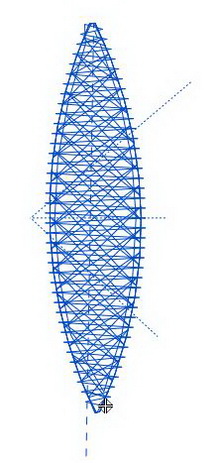
- All layers together will look something akin to this, if you discount the fact that they will be of the same color:
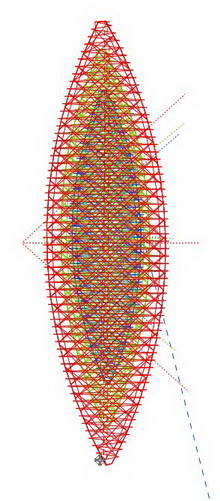
Now you're done with digitizing for the additional volume.
A design with so many layers has a high stitch count, and the production time increases sufficiently as the result. On the other hand, the embroidery process is easy: you hit the start button and the embroidery proceeds on its own.
There are some tips for successfully using this technique:
- The stitch density in the inner layers depends on the desired height of the embroidery.
- On thin fabrics, the number of layers is better to be kept to a minimum.
- If you use #40 threads, you'll need 6–9 layers of stitches (a "nest" of 2 or 3 outlines with 3 layers in each).
- In case of using metallic threads on the outside, you needn't necessarily use them in the lower layers as well. You can replace them with another kind of threads matching in color.
- For the inner layers, thicker threads (#25, #30, etc.) can be used. This will give you an opportunity to save on stitch count.
- Loosen the upper thread tension.
- Lower the machine's speed a little.
You can see some examples of this technique in my articles on cording (one, two) and making a bag for presents. Another method, similar to this one but with some key differences, can be found here.
Edited by Irina


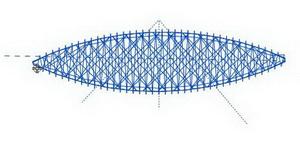

There are no reviews to display.